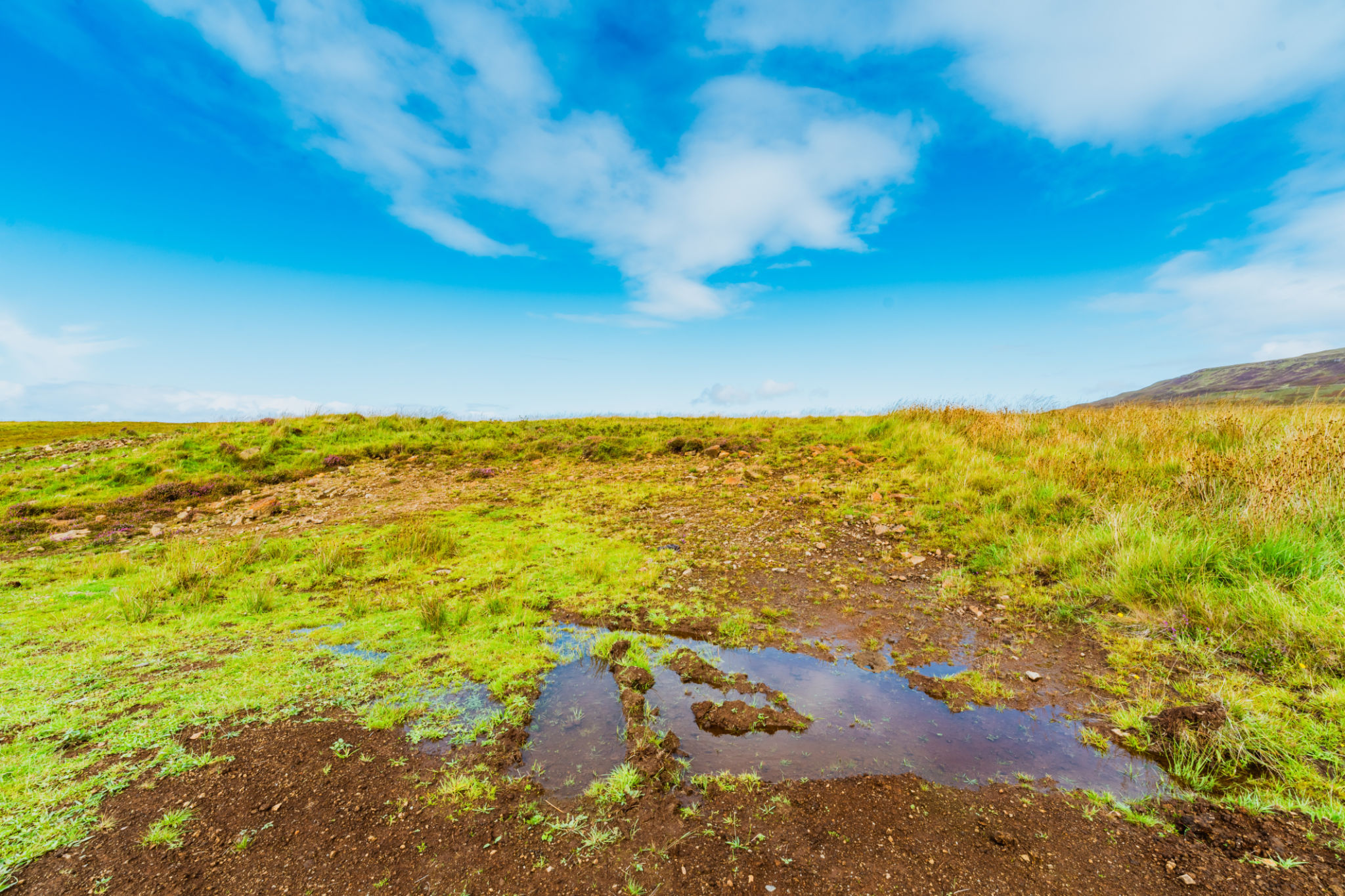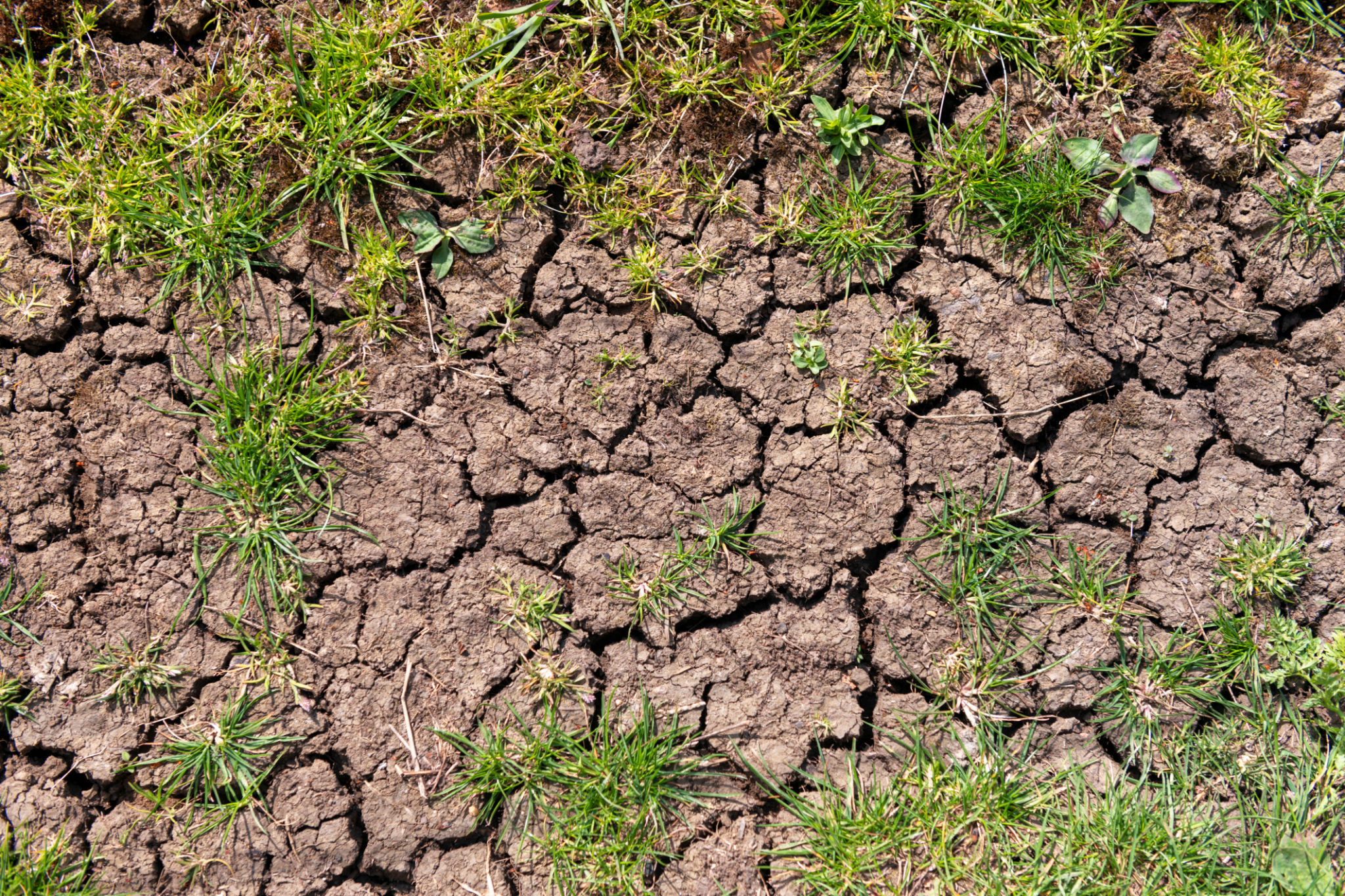How Seasonal Changes Impact Hoof Care: Tips from Leading Horse Shoers
Understanding Seasonal Changes and Their Effects on Hoof Health
As the seasons change, so do the conditions that affect a horse's hooves. Each season presents unique challenges that can impact hoof health, making it crucial for horse owners and caretakers to adapt their hoof care routines accordingly. From wet and muddy conditions in spring to dry and hard ground in summer, understanding these changes is key to maintaining healthy hooves year-round.
The transition between seasons can lead to fluctuations in moisture levels, which directly affect hoof integrity. For instance, excessive moisture can cause softening of the hoof walls, making them more susceptible to damage. Conversely, dry conditions can lead to cracks and brittleness. It's essential to recognize these issues early and adjust care practices to prevent long-term damage.

Spring: Navigating Mud and Moisture
Springtime often brings increased rainfall, leading to wet and muddy pastures. This environment can cause hooves to become overly soft, increasing the risk of thrush—a bacterial infection that thrives in damp conditions. To combat this, regular cleaning and inspection of hooves are essential.
Additionally, providing a dry area for horses to stand can help mitigate the effects of excessive moisture. It's also beneficial to apply products specifically designed to harden the hoof wall, which can offer additional protection against the elements.
Essential Spring Hoof Care Tips
- Inspect hooves daily for signs of thrush or other infections.
- Provide a dry shelter or standing area to avoid constant moisture exposure.
- Use hoof hardening treatments as needed.

Summer: Addressing Dryness and Hard Ground
During the summer months, dry and compacted ground can pose a different set of challenges. The lack of moisture can lead to dry and brittle hooves, increasing the risk of cracks and chips. Ensuring horses have access to ample water is crucial for maintaining overall hydration, which supports healthy hoof growth.
Regular trimming by a skilled farrier is vital during this time to prevent overgrowth and maintain balance. It's also advisable to apply moisturizing products to the hooves, which can help retain moisture and prevent excessive dryness.
Summer Hoof Care Recommendations
- Ensure horses have constant access to clean water.
- Schedule regular farrier visits for trimming and maintenance.
- Apply moisturizing hoof treatments regularly.

Fall and Winter: Preparing for Cold and Icy Conditions
As temperatures drop in fall and winter, the ground becomes harder, sometimes icy, presenting risks of slipping and potential injuries. During these seasons, it's important to ensure that horses have proper traction. This might involve using special shoeing techniques or traction devices recommended by a professional farrier.
Cold weather can also slow down hoof growth, so adjusting the trimming schedule might be necessary. Additionally, maintaining a consistent cleaning routine helps prevent the buildup of debris that can cause discomfort or injury.
Key Tips for Cold Weather Hoof Care
- Consider using traction devices for icy conditions.
- Monitor hoof growth rates and adjust trimming schedules as needed.
- Keep hooves clean and free of ice or debris buildup.
Adapting your hoof care routine according to seasonal changes is crucial for maintaining a horse's overall health and well-being. By understanding the specific needs associated with each season and consulting with experienced horse shoers, you can ensure your horses remain in top condition all year long.